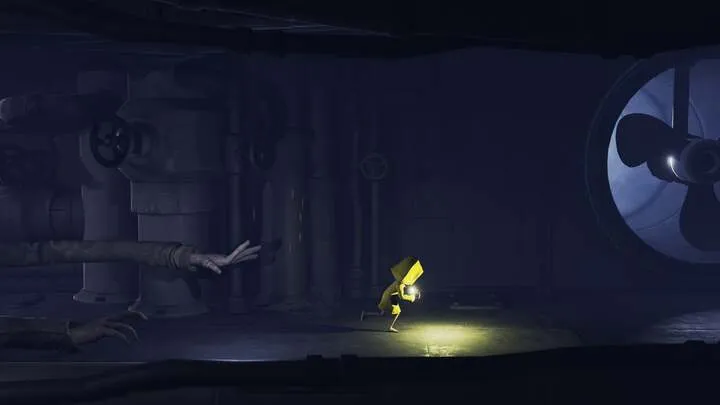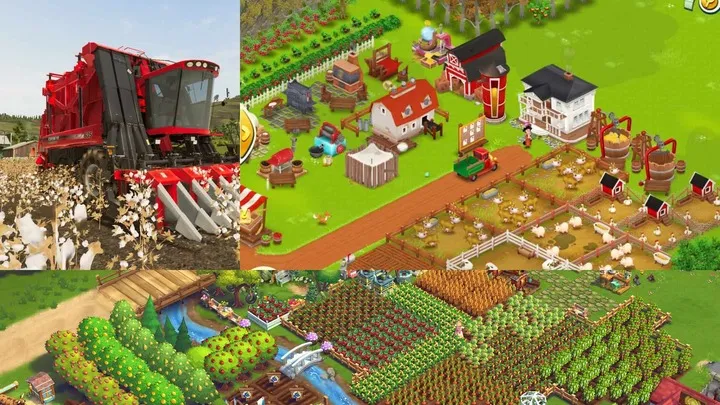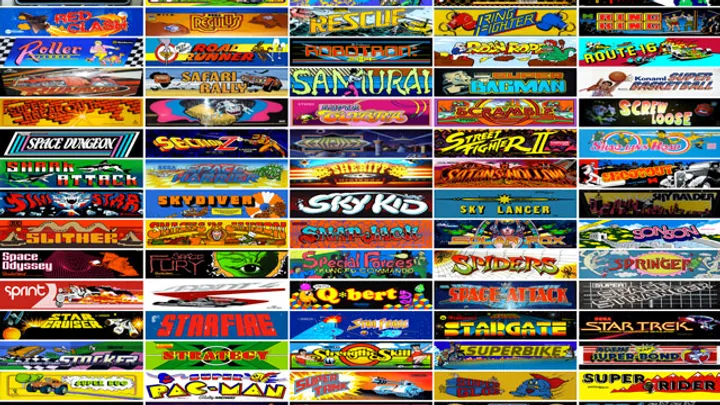Stardew Valley is more than just a farming simulator it’s a story about growth, discovery, and balance. Developed by ConcernedApe, the game invites you to leave behind city life and start a new chapter in the peaceful countryside. From planting crops and raising animals to mining, fishing, and even starting a family, Stardew Valley offers endless possibilities. But with so many things to do, new players can easily feel overwhelmed. This guide will help you understand how to build the perfect farm, manage your time, develop relationships, and unlock the full potential of Pelican Town.
Starting Your New Life in Stardew Valley
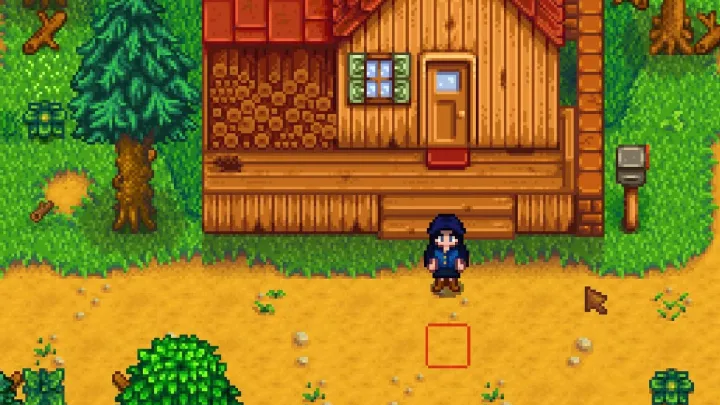
Your journey begins when you inherit your grandfather’s old farm. The land is overgrown with weeds, rocks, and trees, but beneath the chaos lies endless potential. The first few days are about learning how to manage your energy and time efficiently.
Start by clearing a small area near your farmhouse for planting. Don’t waste energy chopping too many trees early on; you’ll need stamina for farming. Introduce yourself to the villagers they form the heart of Stardew Valley and can become your friends, allies, or even family.
Always keep an eye on your stamina and the clock. Every action consumes energy, and staying up past 2 a.m. will make you faint, costing you money and progress. Establishing a routine from the start will help you succeed long-term.
Building Your First Farm and Choosing Crops
One of the most important parts of Stardew Valley is choosing what to plant. Crops are your main source of income early in the game, and each season offers unique plants that grow under specific conditions.
In Spring, start with parsnips, potatoes, and cauliflower. These grow quickly and provide good profits. As you gain more gold, expand your farm by buying more seeds from Pierre’s General Store. Later, you can focus on higher-value crops like strawberries, melons, or ancient fruit.
Water your plants every morning using the watering can, and upgrade it as soon as possible to save time and energy. Consider setting up sprinklers once you unlock them they automatically water your crops, freeing up hours in your day.
Seasonal Farming Strategy
Each in-game year has four seasons Spring, Summer, Fall, and Winter. Most crops die when the season changes, so plan accordingly. Keep track of growth times and sell surplus crops before the new season begins.
Winter may seem empty since no crops grow naturally, but it’s actually the best time to mine, fish, and upgrade tools. Use this time wisely to prepare for the next year’s success.
Mining and Gathering Resources
The mines are a critical part of your Stardew Valley experience. Located in the northeast part of the map, the mines provide essential materials like copper, iron, gold, and gemstones. These resources are used for crafting tools, machines, and farm buildings.
As you explore deeper, enemies become stronger, so bring plenty of food for energy and health recovery. Upgrading your weapon at the Adventurer’s Guild or using bombs to clear large areas can make mining easier.
Each five levels in the mine feature an elevator checkpoint, allowing you to start from that level next time. Take advantage of this to gradually explore deeper without losing progress.
Mining Tips
• Bring a pickaxe and plenty of food for stamina
• Keep torches handy for dark areas
• Always leave the mine before midnight to avoid fainting
• Upgrade tools when you can afford it
Mining is also one of the best ways to earn gold, especially when selling valuable gems like diamonds and emeralds.
Fishing and Foraging for Extra Income
Fishing in Stardew Valley may seem frustrating at first, but once mastered, it becomes one of the most reliable income sources in the game. Every area from rivers and lakes to the ocean has unique fish that change depending on the season, weather, and time of day.
Start fishing in the river near your farm to gain experience. As your Fishing Level increases, catching fish becomes easier, and you can craft bait and tackle to improve your chances. Some rare fish can only be caught under specific conditions, making fishing an exciting long-term challenge.
Foraging is another simple but effective way to earn money. Collect wild plants, flowers, and mushrooms scattered throughout the map. Many of these items can be sold or used for crafting, cooking, or completing community bundles.
Improving Your Tools and Equipment
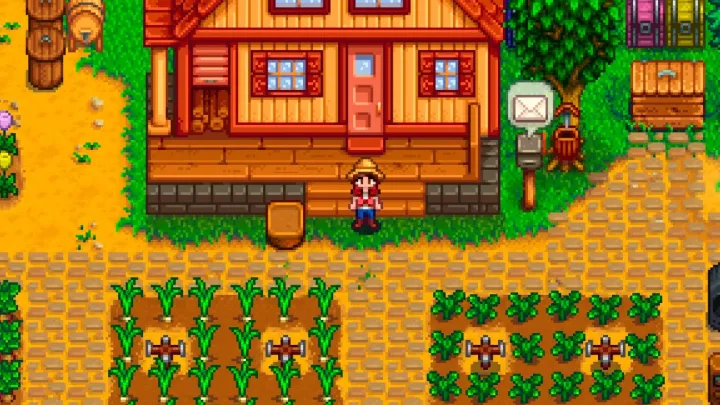
Your tools—watering can, hoe, pickaxe, axe, and fishing rod are vital to your success. Upgrading them at Clint’s Blacksmith Shop makes farming and mining more efficient. Each upgrade requires specific materials and gold, so plan ahead.
Upgrade tools during rainy days or in Winter to avoid wasting valuable farming time. For example, upgrading your watering can when it rains ensures you don’t miss a day of watering your crops.
Recommended Upgrade Order
- Pickaxe – To access deeper mining levels
- Watering Can – To save time in farming
- Axe – To clear hardwood and trees faster
- Hoe – To prepare more soil quickly
These upgrades gradually transform your daily routine, freeing time for other activities like fishing, socializing, or exploring.
Building Relationships and Starting a Family
Social interaction is a big part of Stardew Valley. The residents of Pelican Town have unique personalities, stories, and preferences. Giving gifts, completing quests, and attending festivals help you build friendships.
Once your relationship with a character reaches a certain level, you can even marry them. Marriage adds depth to the game, as your spouse helps around the farm and contributes to your story.
Friendships also unlock recipes, events, and special rewards. Talking to villagers daily and learning their favorite gifts make a huge difference. Pay attention to birthdays—they provide bonus friendship points when you give gifts.
Villager Tips
• Talk to each villager daily for faster relationship growth
• Learn favorite gifts from the social tab or by experimentation
• Attend festivals to increase community reputation
• Choose a spouse who fits your lifestyle—some prefer farming help, others focus on crafting or cooking
Expanding Your Farm and Crafting Machines
As you progress, expanding your farm becomes essential. Building barns, coops, silos, and sheds allows you to raise animals and store resources. Visit Robin at the Carpenter’s Shop to construct new buildings.
Animals like cows, chickens, goats, and pigs provide consistent income through milk, eggs, and truffles. Caring for them daily increases their happiness and productivity. Feed them regularly and let them roam outside when the weather allows.
Crafting machines like mayonnaise makers, cheese presses, and kegs allows you to turn raw materials into high-value artisan goods. These products sell for more gold and play a key role in late-game profit.
Examples of Useful Machines
• Mayonnaise Machine – Converts eggs into mayonnaise
• Cheese Press – Turns milk into cheese
• Keg – Makes wine, juice, or beer
• Preserves Jar – Creates jams and pickles
Automation through sprinklers and machines will eventually make your farm largely self-sufficient, freeing you to focus on exploration and social life.
Exploring the Community Center and Completing Bundles
The Community Center is one of the most rewarding features in Stardew Valley. Inside, you’ll find bundles—collections of items representing various parts of the valley. Completing these bundles restores parts of the town and unlocks major features, such as the greenhouse and mine carts.
Each room represents a different theme, such as crops, foraging, or fishing. Prioritize completing bundles that unlock time-saving features first. For example, finishing the Boiler Room restores the mine carts, making travel faster.
Once all bundles are complete, the Community Center is fully restored, transforming Pelican Town into a thriving hub again. Alternatively, players can choose to support JojaMart, leading to a more corporate but streamlined version of progress.
Managing Time and Energy Efficiently
Time management is one of the biggest challenges in Stardew Valley. Each day lasts about 14 minutes in real time, and every activity consumes energy. Planning ahead ensures you don’t waste valuable hours or collapse from exhaustion.
Wake up early, water crops, tend to animals, and plan your daily tasks before leaving the farm. Use food or crafted meals to replenish energy during long mining or fishing sessions. Rainy days are perfect for exploring since crops don’t need watering.
As your skills increase, energy consumption decreases, allowing you to do more each day. Strategic tool upgrades and automation help maximize your efficiency.
Advanced Tips for Mastering Stardew Valley
Once you’ve established a successful farm, it’s time to optimize and explore late-game activities. Focus on artisan production, rare crops, and special events. The greenhouse allows year-round farming, making it ideal for high-profit crops like ancient fruit or starfruit.
Unlock Ginger Island for tropical farming, rare treasures, and new quests. Participate in festivals to earn rewards and interact with townsfolk. Late-game Stardew Valley becomes about fine-tuning efficiency and building a balanced life that blends farming, exploration, and community.
Advanced Strategies
• Use kegs and preserves jars for maximum profit
• Grow ancient fruit or starfruit for year-round income
• Prioritize completing the greenhouse early
• Upgrade your farmhouse to unlock cooking and family features
By mastering these systems, you’ll transform your humble plot of land into a thriving, self-sustaining paradise.
Conclusion
Stardew Valley is a masterpiece of calm, creativity, and self-expression. It allows you to define success in your own way whether that means growing the perfect crop, building strong relationships, or simply enjoying the quiet life in the countryside.
Through patience and planning, your farm becomes more than just land—it becomes a reflection of your journey. By following this guide, you’ll learn to balance efficiency and joy, uncover every secret of Pelican Town, and build a legacy that lasts for generations.
Summary:
Master Stardew Valley with farming, mining, fishing, and relationship tips to build a thriving farm and peaceful life in Pelican Town.










